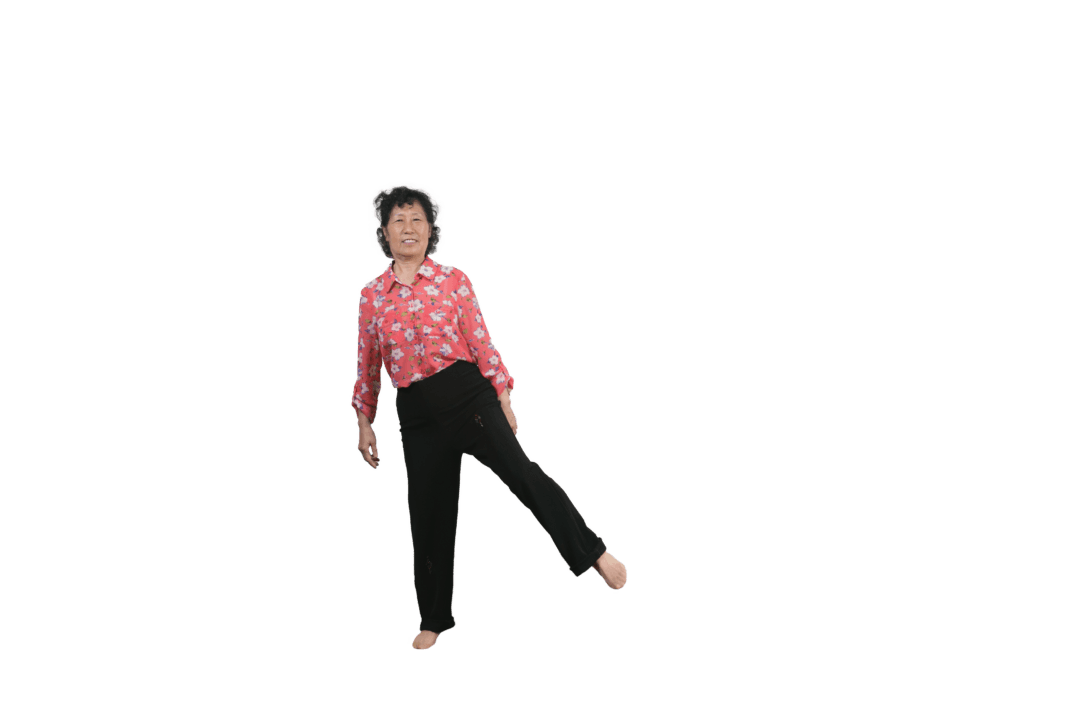Everyone is talking about core stability these days. Many of my female clients come to me wanting to get rid of their “pooch,” the part of their stomach that sticks out below the belly button.
They think that countless crunches and sucking in their belly will give them a strong core and the sculpted look they desire. But they don’t realize the potential damage being done to their spines and posture.



